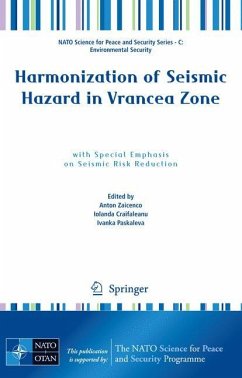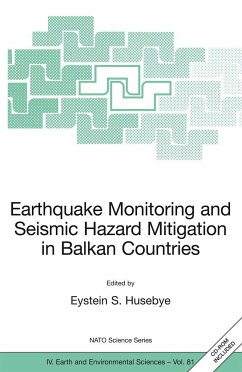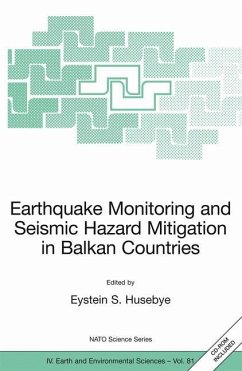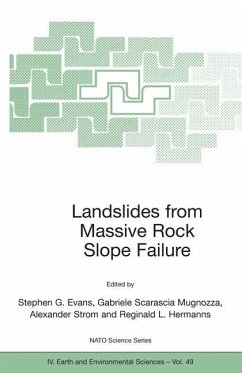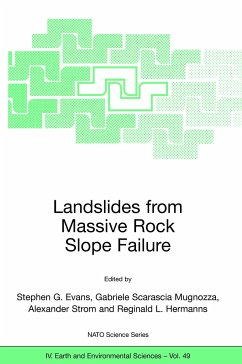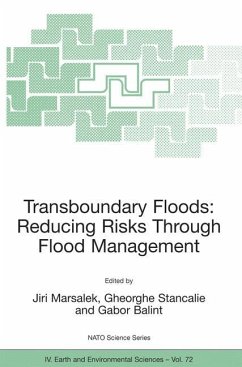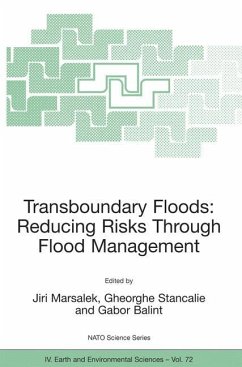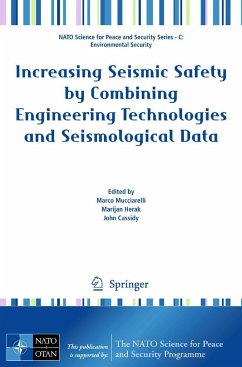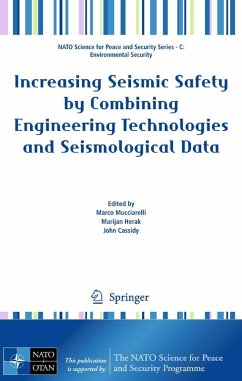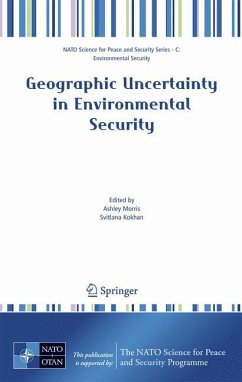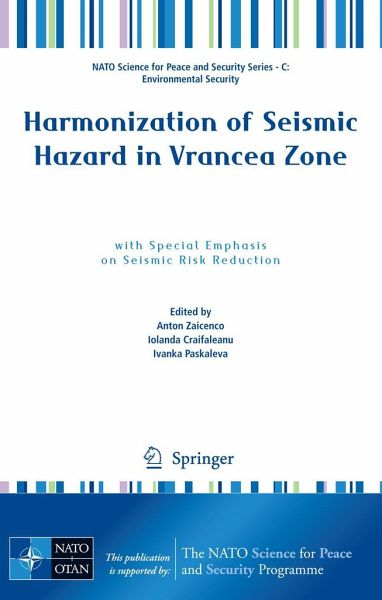
Harmonization of Seismic Hazard in Vrancea Zone
With Special Emphasis on Seismic Risk Reduction
Herausgegeben: Zaicenco, Anton; Craifaleanu, Iolanda; Paskaleva, Ivanka
Versandkostenfrei!
Versandfertig in 6-10 Tagen
76,99 €
inkl. MwSt.
Weitere Ausgaben:

PAYBACK Punkte
38 °P sammeln!
The NATO Science for Peace Project SfP-980468 Harmonization of Seismic Hazard and Risk Reduction in Countries Influenced by Vrancea Earthquakes was an ambitious attempt to harmonize the seismic-hazard assessment in Bulgaria, Moldova and Romania, and provide the guidelines for seismic risk reduction in the target countries. Related to the study of intermediate-depth Vrancea earthquakes, it became operational in 2005. The project co-coordinators were as follows: - Prof. Güney Özcebe, Ankara, Turkey; - Dr. Anton Zaicenco, Chisinau, Moldova; - Dr. Iolanda Craifaleanu, Bucharest, Romania; - Prof....
The NATO Science for Peace Project SfP-980468 Harmonization of Seismic Hazard and Risk Reduction in Countries Influenced by Vrancea Earthquakes was an ambitious attempt to harmonize the seismic-hazard assessment in Bulgaria, Moldova and Romania, and provide the guidelines for seismic risk reduction in the target countries. Related to the study of intermediate-depth Vrancea earthquakes, it became operational in 2005. The project co-coordinators were as follows: - Prof. Güney Özcebe, Ankara, Turkey; - Dr. Anton Zaicenco, Chisinau, Moldova; - Dr. Iolanda Craifaleanu, Bucharest, Romania; - Prof. Ivanka Paskaleva, Sofia, Bulgaria. The project has brought together leading research personalities in the area of earthquake engineering, seismology and earth physics from several countries for brainstorming sessions, informal discussions, and exchanges of ideas. One of its key components was an upgrade of the strong-motion seismic networks of the countries-participants, which created a foundation for a long-term collaboration. A number of papers have been published as a result of the work conducted under this project. The present book contains the Proceedings of the Closing Workshop for Project SfP-980468, which was organized in Chisinau, Moldova on May 20, 2008. From hazard analyses to protection of the historical buildings, from study of the dynamic properties of the soft soils to paleoseismology, there are few areas of interest that remain untouched. Research from the NATO members and partner countries in South-Eastern Europe that forms the components of NATO Project SfP-980468 has made solid contributions to the Workshop theme.




